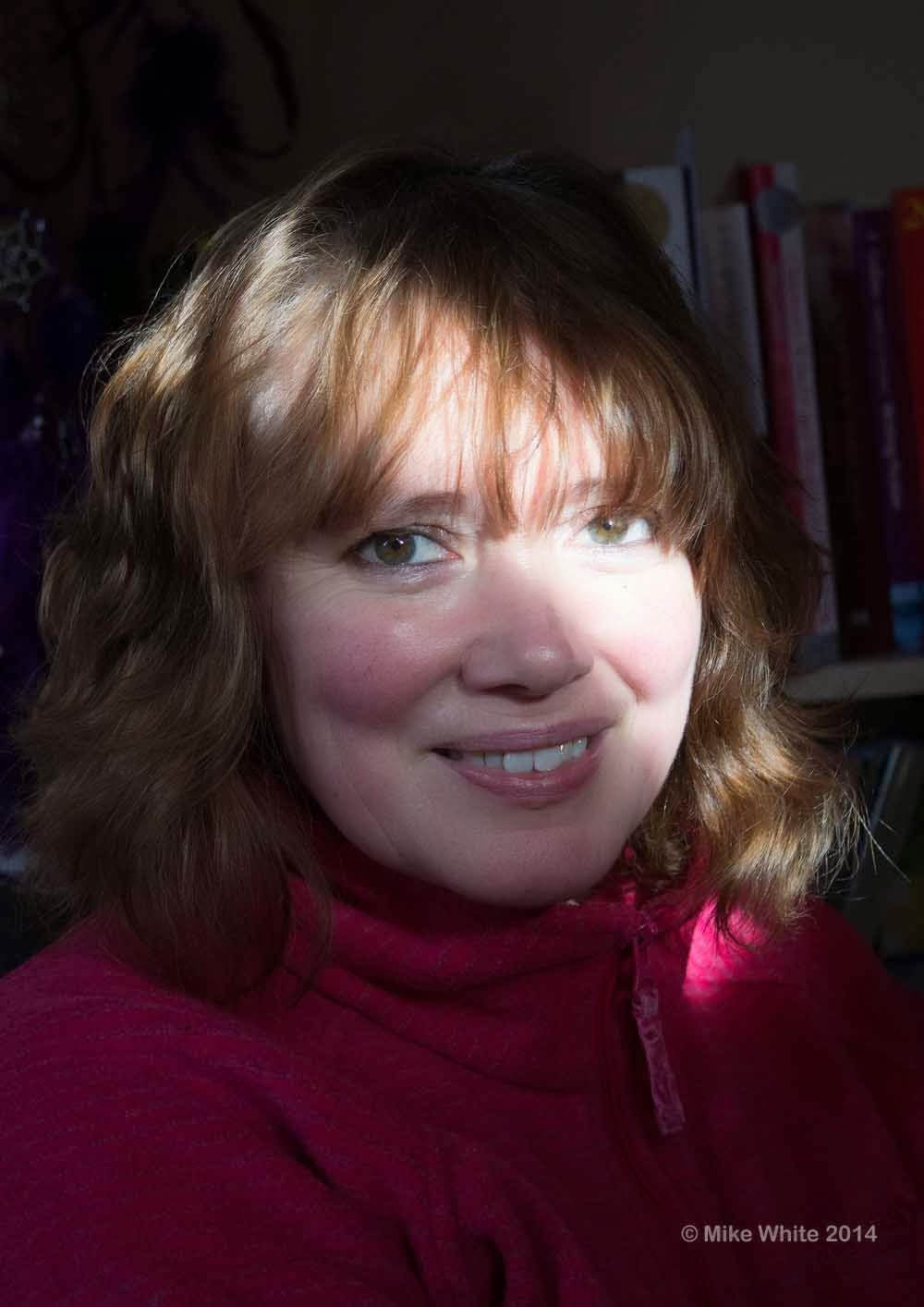"Photography can be a mirror and reflect life as it is, but I also think it is possible to walk, like Alice, through the looking-glass and find another world with the camera." Tony Ray-Jones.
I recommend this super exhibition at the Science Museum's new Media Space.
http://www.sciencemuseum.org.uk/visitmuseum/Plan_your_visit/exhibitions/only_in_england.aspx
It closes on 16th March 2014.
I was attracted to the exhibition by the inclusion of Martin Parr; I hadn't heard of Tony Ray-Jones. Yet I found I
preferred the Ray-Jones images; they show an affection for their subjects, even while sending them up. He died in 1972, still a young man.
Photographs by Tony Ray-Jones
The first section of the exhibition is of photographs taken
and printed by Tony Ray-Jones. They are small by today's standards: 8" x 6". I feel this size was suitable for the images, giving a cosy, homely feeling. I found a recurrent theme in this section: isolation, potential, waiting. Places that wait, and the people that wait in them. Spaces that should throng with people but are almost deserted. The killing of time. The interminable, dead, time before the expected something happens. I give examples:
Ballroom, Morecambe, 1968.
A couple dance alone, to the music of an organist and a drummer. There is room on the stage for a lot more musicians, and space on the floor for many couples. A white-coated waiter does something to a table. The dancers are practising, the waiter preparing, and the ballroom is waiting, for the show to begin.
Highland Gathering, Richmond on Thames, 1968.
A field, a tent, a small stage, all set up but no gathering. Two men, well wrapped up, one in a kilt, sit at a trestle table to sell tickets but no one has come. They do not even idly watch the piper standing on the stage.
Battersea Park Easter Parade, 1966.
People simply hang about, waiting for the parade to pass by.
Douglas, Isle of Man, 1968.
Two women sprawl in sunshine on steps outside a terraced house. One sits on the steps, the other lies flat back on a table, hands on abdomen, shins dangling off the end, careless of how she looks. Bored, they wait...
Dickens Festival, Broadstairs, 1968.
Exterior: a garden. Two smartly dressed waitresses stand behind a table. There are no people to wait on: the place is deserted.
Crufts Dog Show, 1966.
A woman reclines, curled in the enclosure intended for her Great Dane, half-hidden by the dog. They derive comfort from each other's presence, contact, while they wait for something to happen; for the waiting to be over.
Photographs by Martin Parr
These are from his monochrome phase in the 1970s. They images don't seeem to me to have the life, the sympathy with subject, the meaning, of those by Tony Ray-Jones.
Photographs by Tony Ray-Jones, printed by Martin Parr
Martin Parr reviewed the contact sheets left by Tony Ray-Jones and printed the photographs in this section. At 16" x 12", they don't seem to me to have the impact of the smaller images. There's more waiting:
Margate, 1967.
A mother and two children lean against a wall in a street, their suitcases by their side.
Contact Sheets by Tony Ray-Jones
These covered a wall. It was exciting and interesting to see the images captured; those selected for printing and those rejected. It revealed aspects of the way he worked. Angled and poorly framed images indicate that he often shot from the hip. A useful ploy, when shooting candid photographs in the street.
Notebook by Tony Ray-Jones
Pages this were displayed on the other side of the wall. They also provided insight and evidence of the way he worked; the things he thought might be interesting or worthy of attention; the planning that went on. There's a page of exhortations to himself, titled
Approach:
http://mediaspacelondon.tumblr.com/post/52131493534/dont-take-boring-pictures-our-first-exhibition
My Notes
There is more of Tony Ray-Jones's material at the Bradford Museum's Photo Library. I
must visit it.
I will incorporate some of what I have learned into my own practice: I shall plan more; I'll prepare more thoroughly; and
try not to take boring pictures.


































